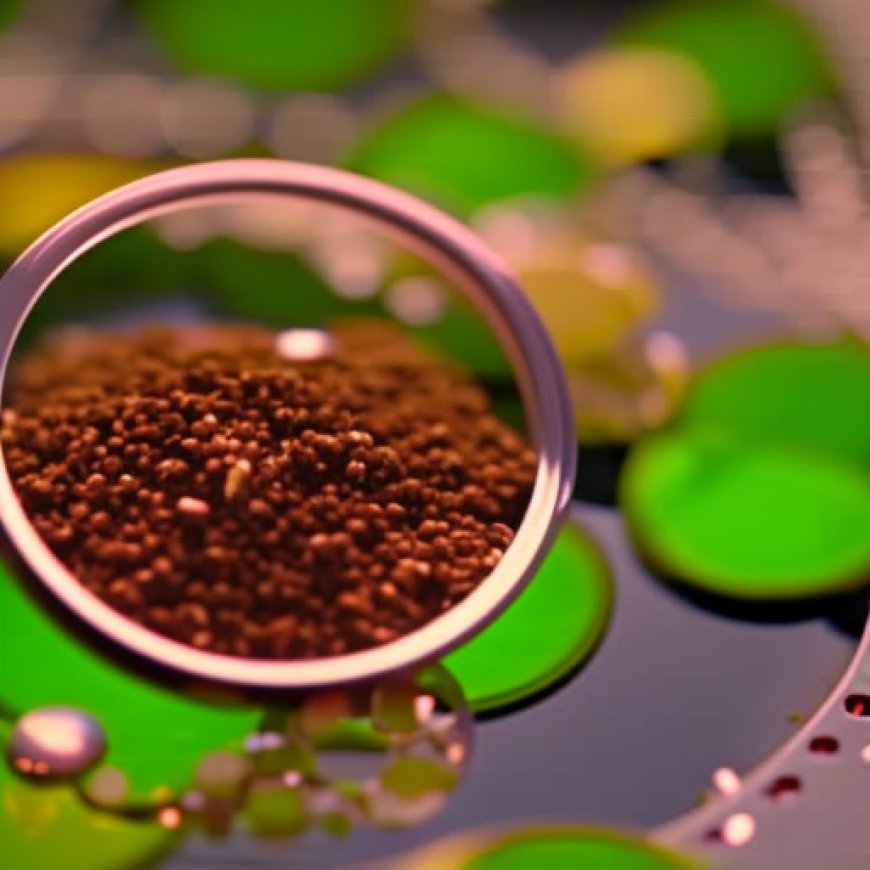Circular Economy Principle 4: Complementing mechanical recycling
Circular Economy Principle 4: Complementing mechanical recycling Eastman


Complementary strengths of molecular recycling
- Able to accept RIC 1 and 2 as well as 4–7, encompassing everything from food packaging to eyeglasses to carpets and textiles
- Designed to handle complex, mixed, opaque and colored plastic
- Creates virgin-quality material — even from plastic previously recycled via mechanical means
- Does not degrade material quality over time — plastic that goes through molecular recycling is infinitely recyclable
- Prevents the overall supply of high-quality, recycled plastic content from dwindling over time
Infrastructure and policy have supporting roles.
Right now, plastic circularity is limited by infrastructure and policy — not technology. The complementary duo of mechanical and molecular recycling is here and ready to achieve true material circularity. But even peanut butter and jelly need bread to make sandwich magic. In this case, we need legislation and infrastructure that enable both types of recycling to play to their strengths.
Smart public policy
Policymakers have an important role in developing smart legislation that encourages innovation, speeds adoption of new technology and provides a consistent way to measure results. We believe smart legislation takes a principled approach to recycling — similar to how Eastman approaches it — to create more opportunities for brands, consumers and the environment.
Big picture, we believe smart policies open new opportunities — they do not limit our chances to reshape the economy from linear to circular. For example, suggesting that brands should invest resources to redesign away from colored and opaque PET when viable and expanding end markets exist today is shortsighted. We should use all available technologies to recycle these valuable plastics and create complementary streams for mechanical and molecular recycling.
Specifically, policymakers can help renew the recycling system by:
- Ensuring that molecular recycling is included as a viable, recognized option and does not limit “recycled content” to only what is produced via mechanical recycling
- Including an accepted definition of mass balance, a tracking and tracing methodology that enables companies to accurately track molecular recycled content through the supply chain
- Expanding infrastructure through incentives, mandates and investments
Expanded infrastructure
Smart policies pave the way for vital recycling infrastructure, including access, collection and sorting. We see many opportunities to capitalize on existing infrastructure and familiar public-facing collection processes to help make recycling easier and to reduce contamination in the mechanical recycling stream.
New infrastructure must also be built to successfully support molecular recycling. At Eastman, we are focusing our infrastructure development efforts on waste streams that have previously been considered to have low or no value and are not easily recycled by mechanical technologies. This avoids the two types of recycling from competing for the same plastic waste inputs and increases the range of plastics that can be recovered.
Mechanical + molecular = greater impact
With both types of recycling in place and ongoing policy and infrastructure improvements, the positive impacts will add up: greater amount and types of plastic recycled, more high-quality feedstock available and lower greenhouse gas (GHG) emissions (more on that later in the series). We’ll all be able to reduce our collective reliance on virgin fossil fuel feedstocks to make plastics.
This will help companies collectively move toward environmental and economic sustainability.
Keep reading to learn how a principled approach is necessary to build a circular economy. Stories on the first three principles in this series are available here. And then, in the coming weeks, check back on eastman.com for a story on Principle No. 5, which focuses on the connection between economic efficiency and the long-term success of the circular economy.
SDGs, Targets, and Indicators
| SDGs | Targets | Indicators |
|---|---|---|
| SDG 12: Responsible Consumption and Production | Target 12.5: By 2030, substantially reduce waste generation through prevention, reduction, recycling, and reuse | – Molecular recycling is designed to handle complex, mixed, opaque, and colored plastic, which can contribute to waste reduction and recycling. – Molecular recycling prevents the overall supply of high-quality, recycled plastic content from dwindling over time. |
| SDG 9: Industry, Innovation, and Infrastructure | Target 9.4: By 2030, upgrade infrastructure and retrofit industries to make them sustainable, with increased resource-use efficiency and greater adoption of clean and environmentally sound technologies and industrial processes | – Policymakers can help renew the recycling system by expanding infrastructure through incentives, mandates, and investments. – New infrastructure must be built to successfully support molecular recycling. |
| SDG 13: Climate Action | Target 13.2: Integrate climate change measures into national policies, strategies, and planning | – With ongoing policy and infrastructure improvements, the positive impacts of both mechanical and molecular recycling can lead to lower greenhouse gas (GHG) emissions. |
Behold! This splendid article springs forth from the wellspring of knowledge, shaped by a wondrous proprietary AI technology that delved into a vast ocean of data, illuminating the path towards the Sustainable Development Goals. Remember that all rights are reserved by SDG Investors LLC, empowering us to champion progress together.
Source: eastman.com

Join us, as fellow seekers of change, on a transformative journey at https://sdgtalks.ai/welcome, where you can become a member and actively contribute to shaping a brighter future.







